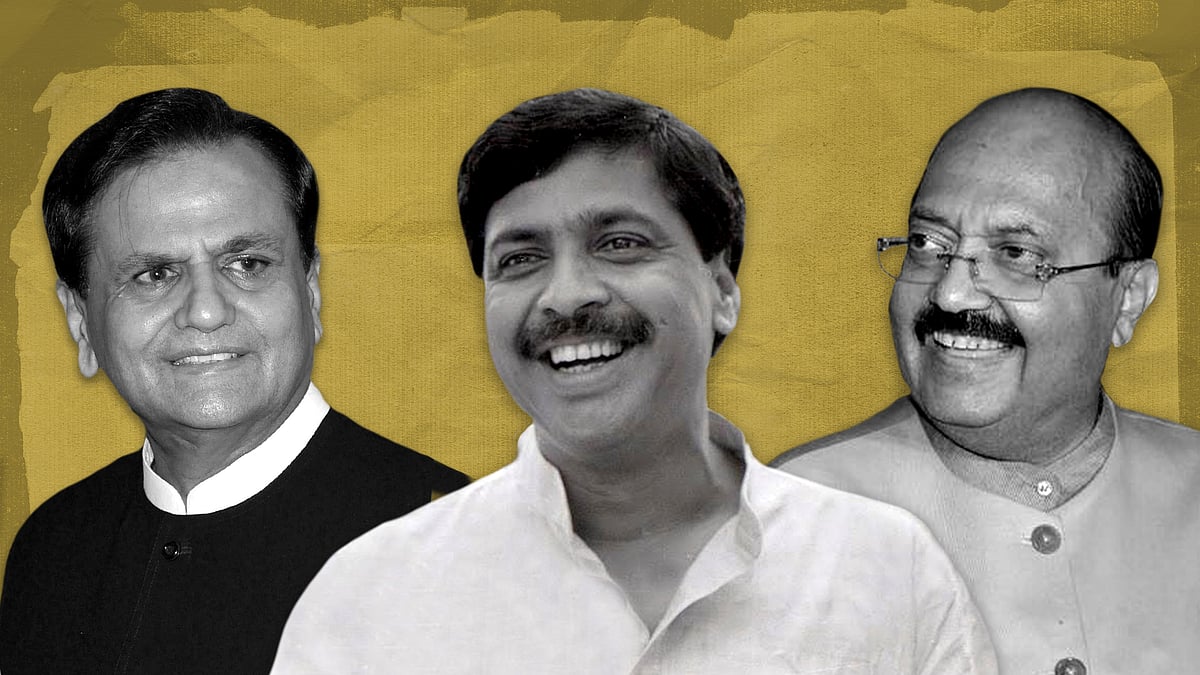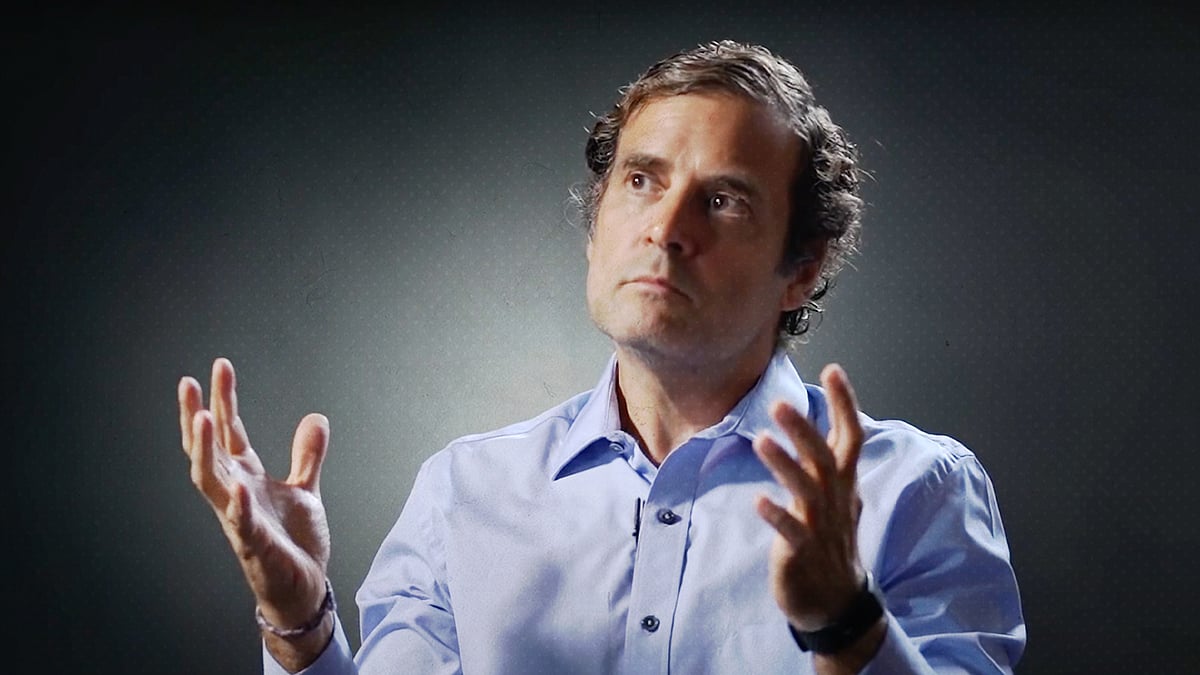How will the Congress party solve its internal dilemmas?
With Sonia Gandhi continuing as interim president until June, the party is merely postponing the inevitable.
It’s clear that the tenure of the Congress party’s current interim president will be longer than that of its last full-time president. Sonia took over the presidency in August 2019 as a stopgap arrangement following her son Rahul Gandhi’s resignation from the top post. Sonia is now all set to continue till June 2021.
Rahul had taken charge as party president in December 2017. He stepped down only 19 months later in July 2019 in the wake of the party’s dismal performance in the Lok Sabha election. Yesterday, the Congress Working Committee announced that it would elect its party president by June this year.
The decision was taken at a CWC meeting where a significant section favouring the Gandhi family seemed to have prevailed over the urgency expressed by the G-23 – a group of 23 leaders pressing for an overhaul and rethink of the party – to conduct immediate organisational elections.
The need to postpone the internal poll has been explained as the larger task awaiting the party in view of the impending Assembly elections in April and May in West Bengal, Tamil Nadu, Assam, Kerala and Puducherry. This has meant that the interim president’s term will last almost two years – an unusual duration for a position held in a provisional capacity only.
When the last full-time president Rahul Gandhi began his short-lived term in December 2017, the polling for the Assembly election in Gujarat had just concluded and the party was expected to do well. When the results were announced, although the Congress had not been able to cause an upset and the BJP overcame over two decades of anti-incumbency to return to power in the state, the close fight showed that the Congress was pushing harder to recover lost ground.
This was evident in the manner in which party workers welcomed Rahul’s formal taking over as president. A scene from a function at the Congress headquarters reflected this mood: A visibly embarrassed Janardan Dwidevi, the party’s general secretary, took the mic at the lawns of 24, Akbar Road in New Delhi, and asked Congress workers to stop bursting firecrackers as Sonia Gandhi, the longest-serving president of the 135-year-old party, was unwilling to continue her speech amid the noise.
His appeal failed. Sonia stopped again to say, “I can’t speak.”
Finally, she was persuaded by her son and new president Rahul Gandhi to ignore the din caused by enthusiastic workers welcoming his elevation to the party’s top post.
The following summer, the party managed to somehow retain its presence in the power corridors of Karnataka in a post-poll coalition with the HD Kumaraswamy-led Janata Dal (Secular). In the winter of the same year, the party’s hopes of recovery got a further boost with its success in forming state governments in Rajasthan, Chhattisgarh, and Madhya Pradesh. However, except for Chhattisgarh, the margins of these victories did not reflect a landslide verdict. To add to that, the correlation between Assembly poll results and Lok Sabha polls has been tenuous of late; a number of regions in the country have shown different electoral choices for different polls.
As the 2019 Lok Sabha poll became increasingly leadership-centric and a match of rival personalities, the Congress was seen as clueless, fumbling at a game of catch-up. Towards the final days of polling in the seven-phase election, Rahul Gandhi claimed to have “dismantled the idea of Narendra Modi”.
As I wrote in a previous piece: “That’s the delusion that comes with four-digit retweets and the applause of the party’s core voters in campaign rallies. What Mr Gandhi had actually done was: he had inflicted a bit of anti-incumbency dent on the Prime Minister. The idea of Modi was always intact. It didn’t dim, nor did it find any rival in an equally appealing idea among a large section of the electorate...In outgrowing a vulnerable political creature and shattering some assumptions in the process, the idea of Modi powered the win and ensured that Modi – the one under attack by the Opposition – emerged unhurt.”
So, when Rahul decided to resign to show responsibility for the party’s defeat, it wasn’t clear whether he was inclined to lead without the formal role, or whether he was reinforcing his image as a reluctant leader. As his mother stepped into a stopgap role, cracks between the old guard and the young guns in the party, long believed to be gerontocracy-ridden, became visible. It even cost the Congress its wafer-thin majority government in Madhya Pradesh and brought it precariously close to losing another in Rajasthan.
The drift in the party was simmering a disquiet.
There was also a perception among outsiders, and resentment among insiders, that with Sonia as interim president, Rahul had bought time as someone wielding “power without responsibility” within the party. The departure of ambitious leaders like Jyotiraditya Scindia from the party only fuelled the unrest.
In August last year, 23 well-known party leaders wrote to Sonia asking for “full-time, visible leadership”, a reconfiguration of party machinery, and serious soul-searching after suffering a string of defeats. This “rebellion” – which included leaders like Prithviraj Chavan, Ghulam Nabi Azad, Bhupinder Hooda, Kapil Sibal, Manish Tewari, and Anand Sharma – played out in full view of the media, and resulted in an inevitable truce as Gandhi family loyalists finally held the clout over party affairs.
Even as these murmurs were heard again following the party’s insipid show in the Bihar polls in November, the Sonia camp – including two chief ministers (Ashok Gehlot and Amarinder Singh) and top leaders like AK Antony, Tariq Anwar, and Oomen Chandy – ensured that the signs of unrest were kept under control.
Now, besides navigating the electoral challenges of Assembly polls in the next five months, the rank and file of the Congress will be mulling over the direction the party should take in its leadership choices. For a section of party workers and leaders, the fear of past factionalism in the party makes the traditional authority of the Gandhi family an effective glue to bind allegiances and maintain some semblance of discipline. Even if that comes at the cost of the party being accused of being captive to dynastic politics, the lack of alternate leadership still makes the former a formidable choice.
Be that as it may, the perceived lack of charisma in the current leadership of the party, and the legacy costs of dynastic politics as a sales pitch in aspirational India, push another stream of the party to look for broader choices within the organisation. That, obviously, is only the subtext to individual ambitions of leaders too. By the summer of this year, the party that grew from an “annual tea party” to a mass movement before becoming independent India’s pivotal political force for at least its first four decades, needs to find answers to this dilemma.
 Is Congress’s overreliance on backroom operators like Ahmed Patel a sign of its decay?
Is Congress’s overreliance on backroom operators like Ahmed Patel a sign of its decay?
 Why Rahul Gandhi needs to do a better job with his hot takes on YouTube
Why Rahul Gandhi needs to do a better job with his hot takes on YouTube